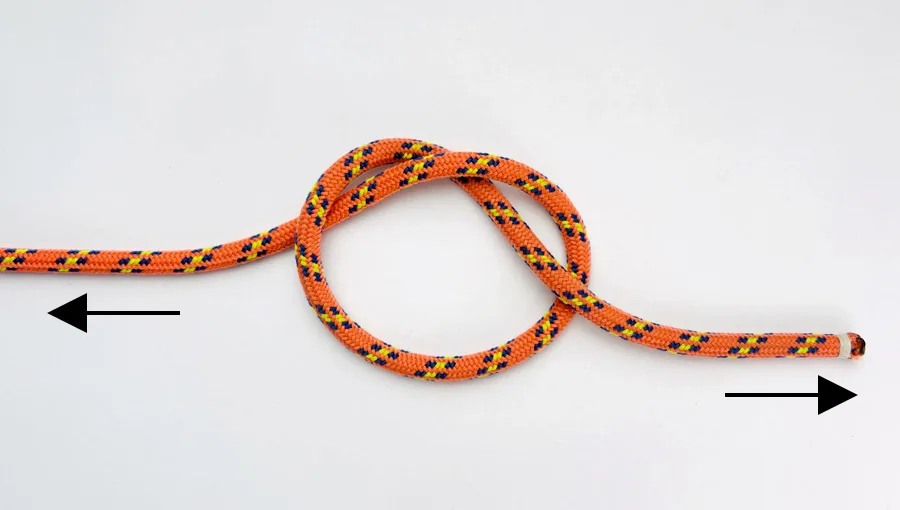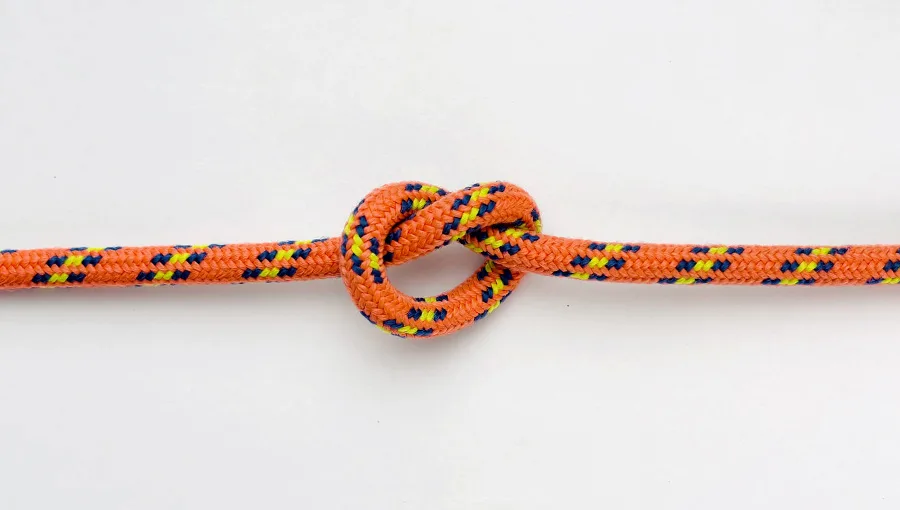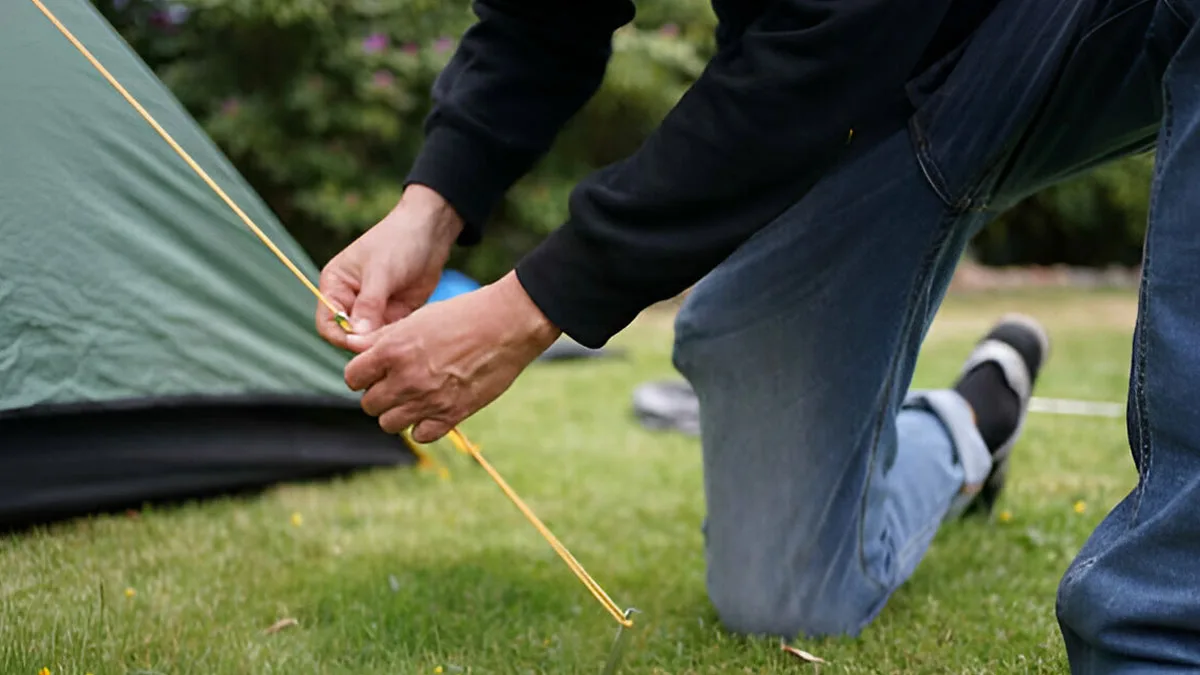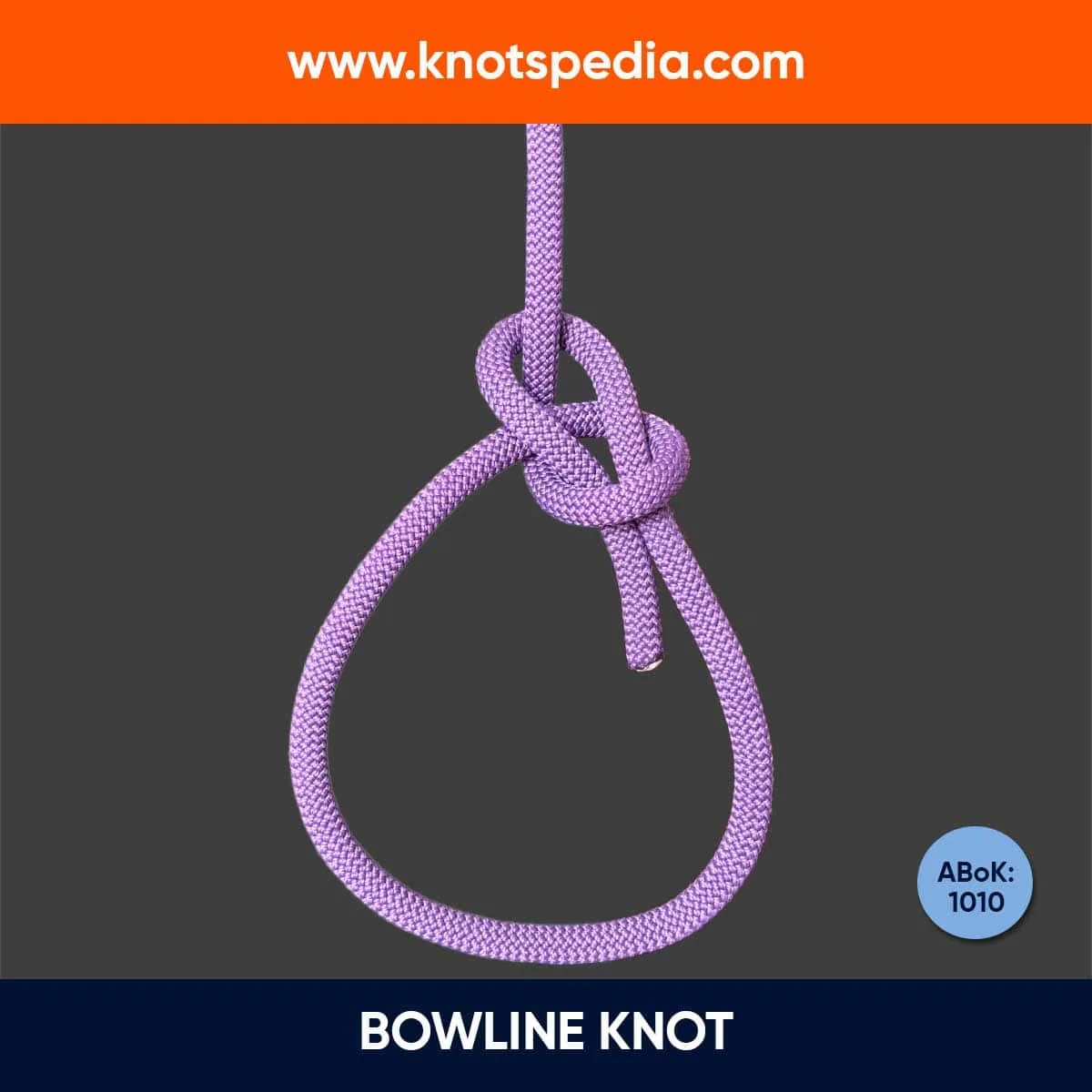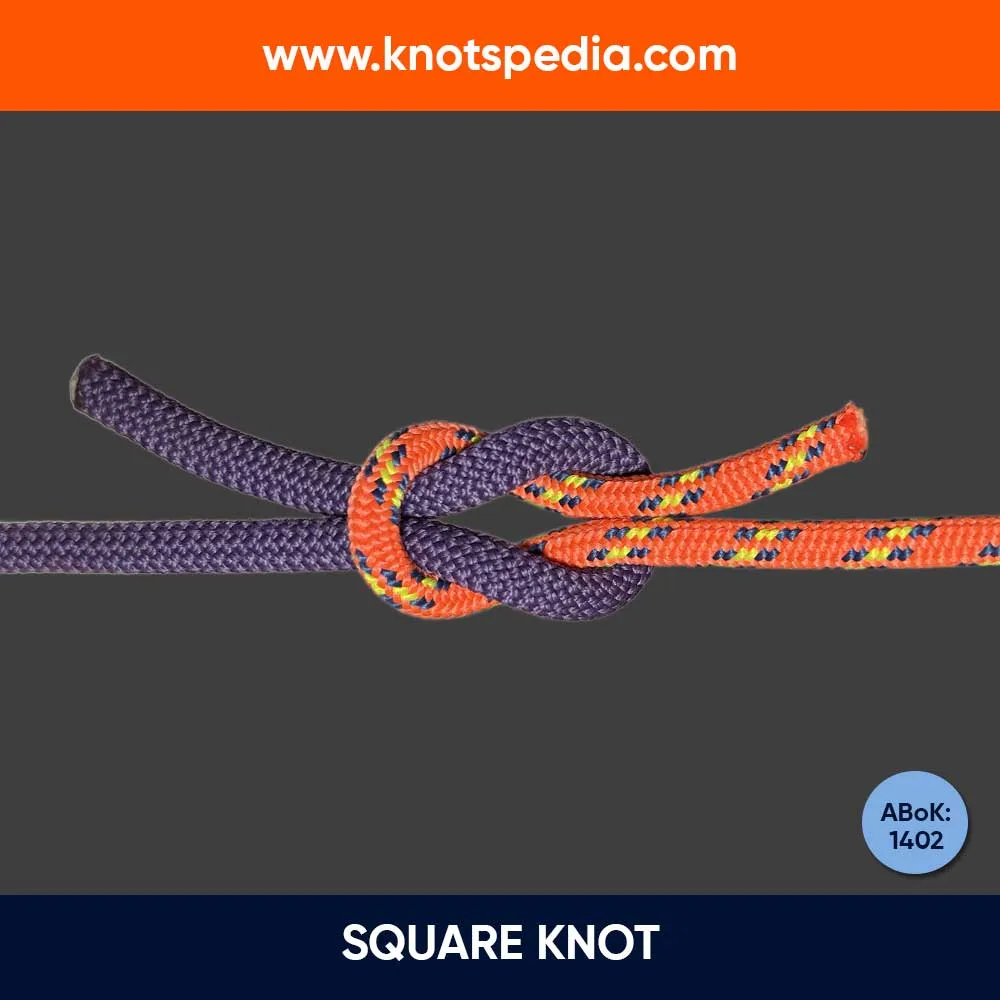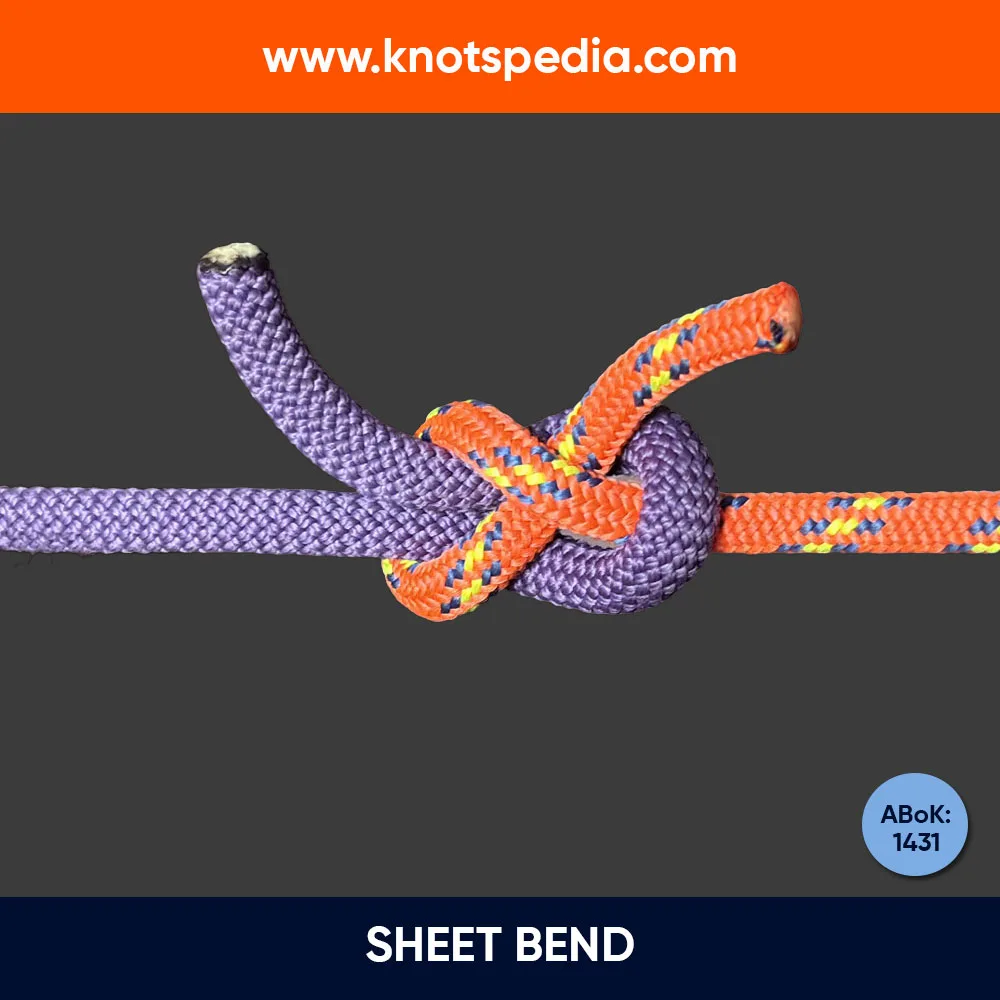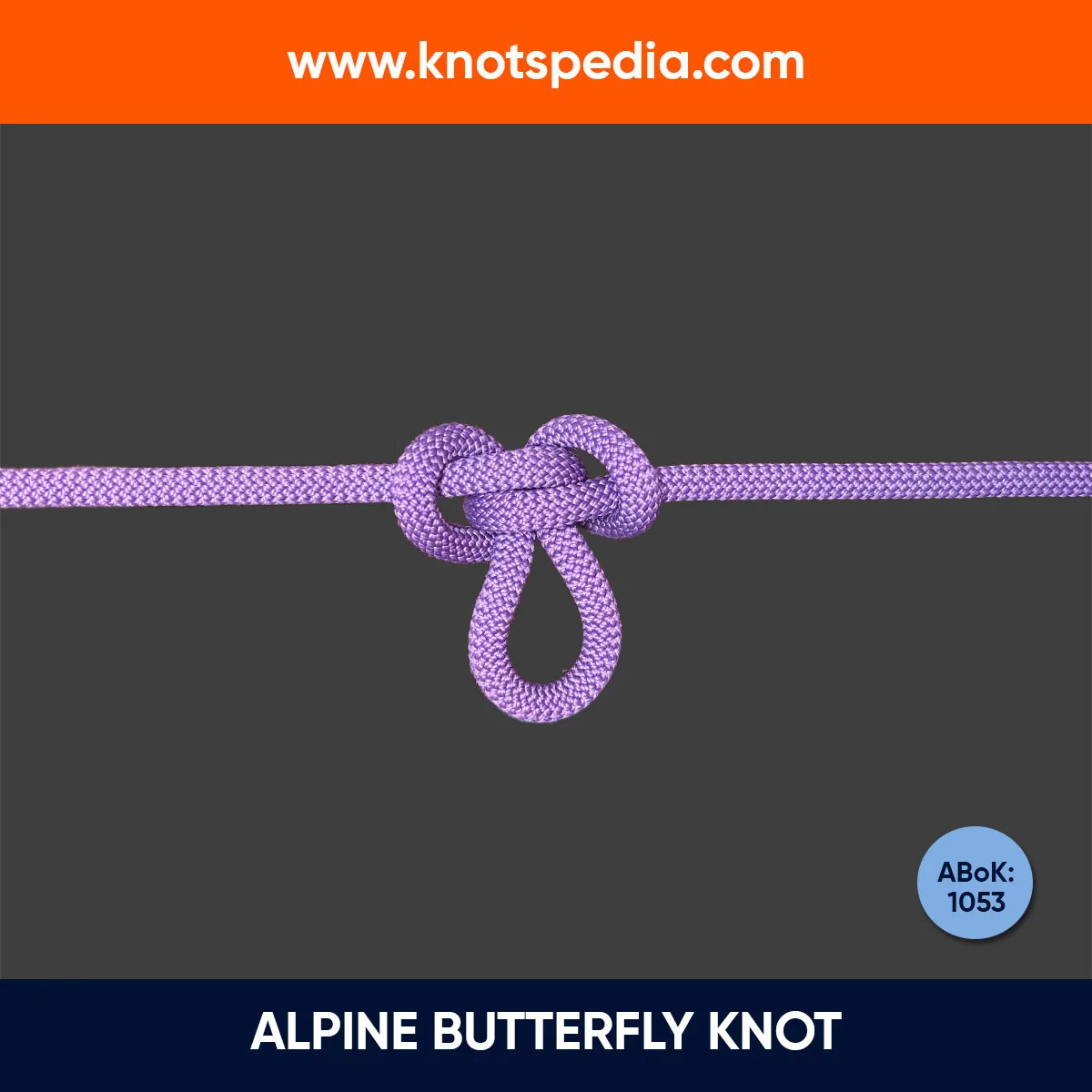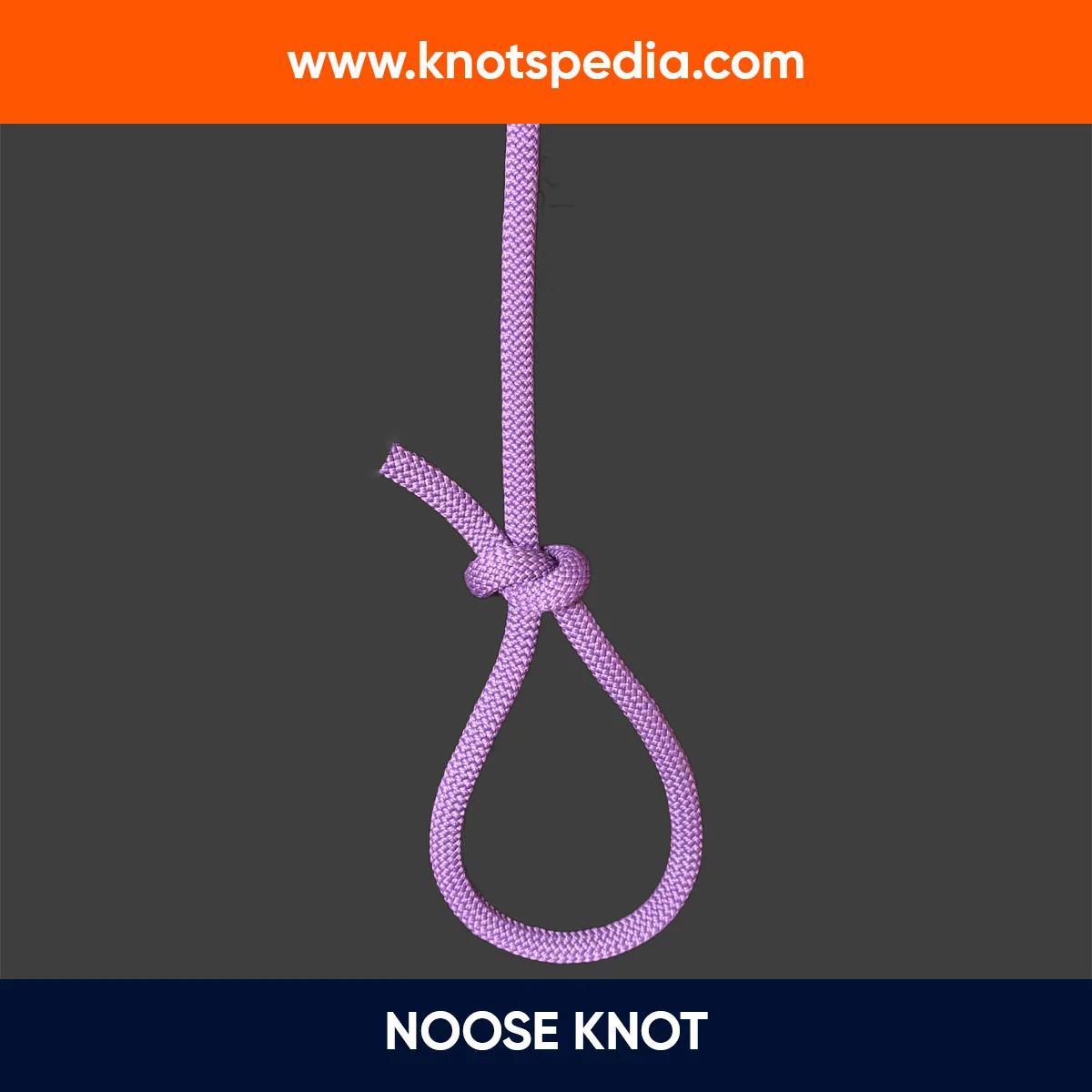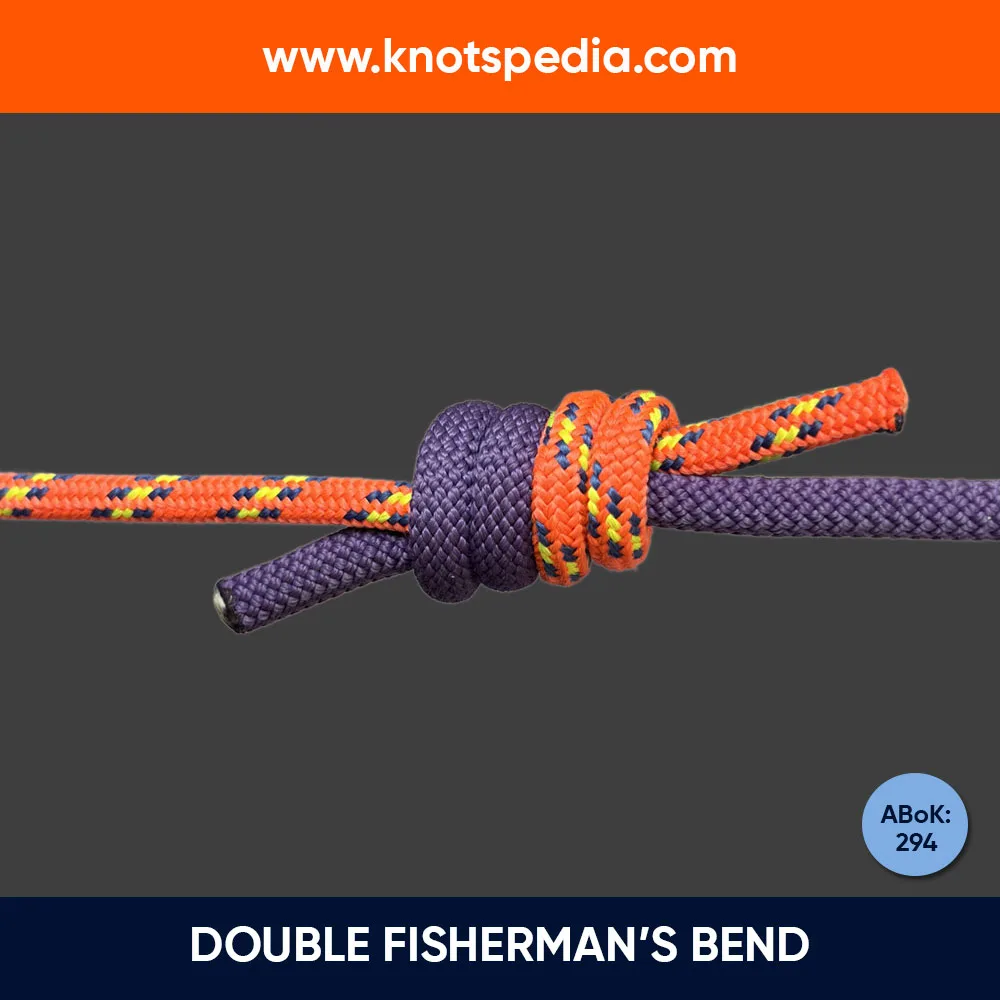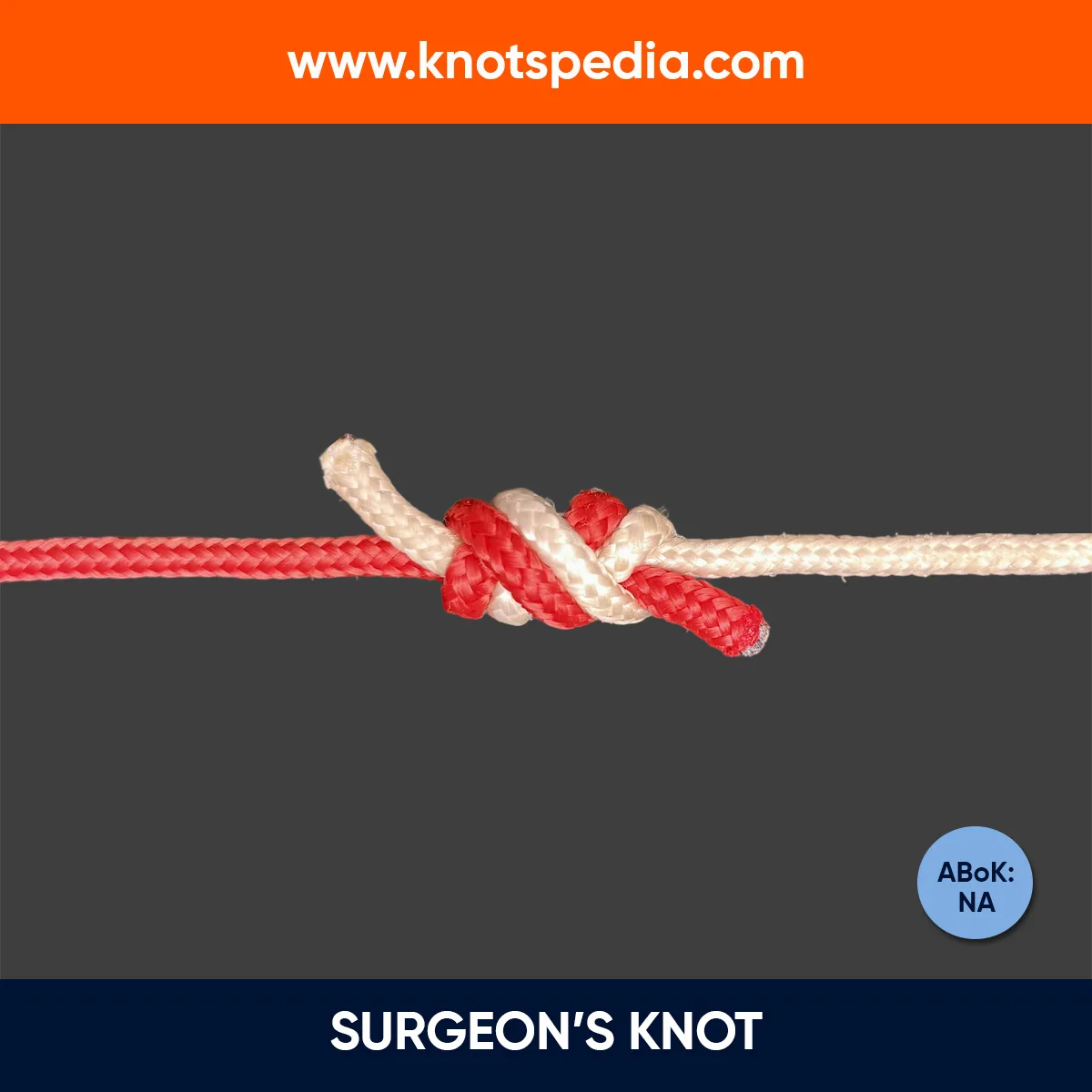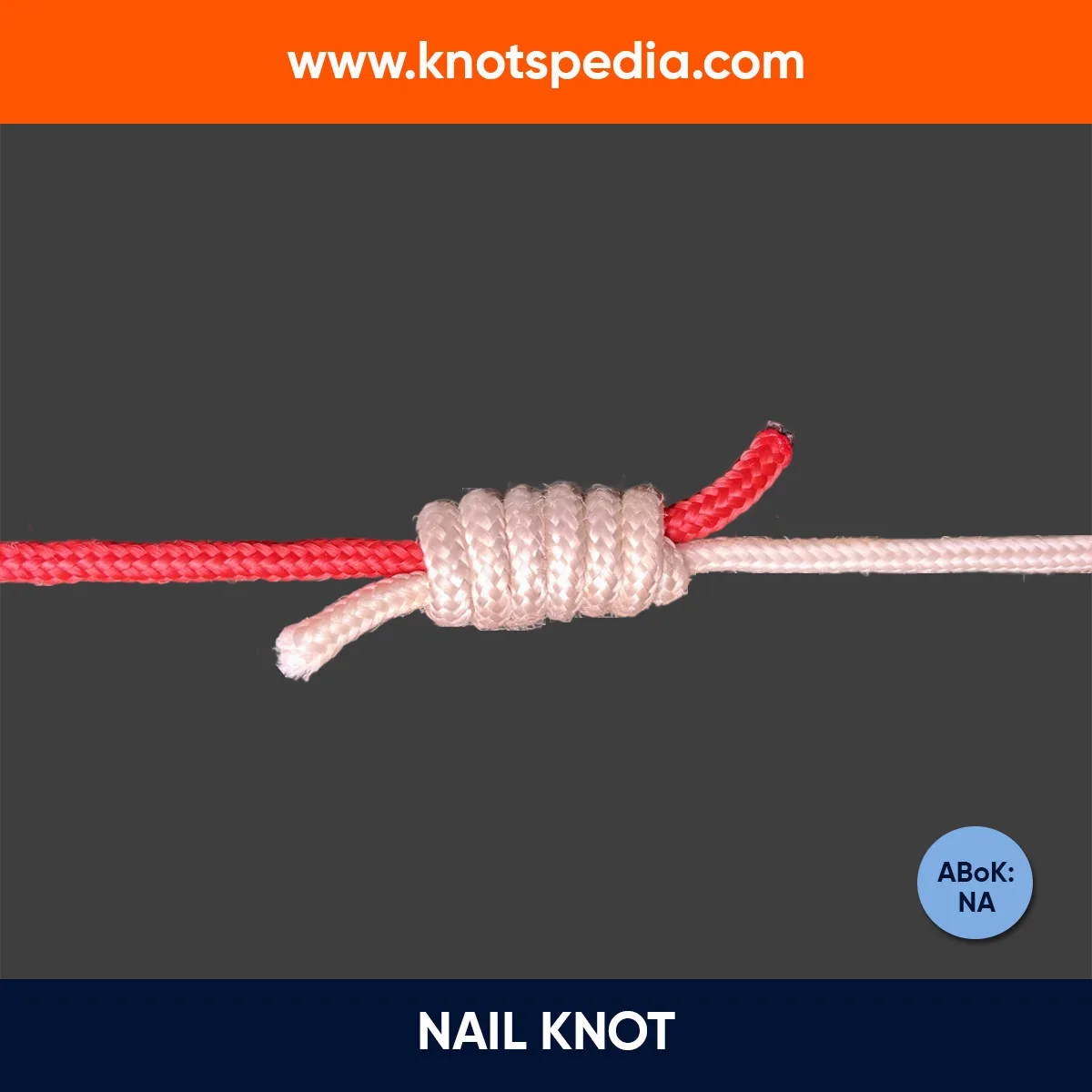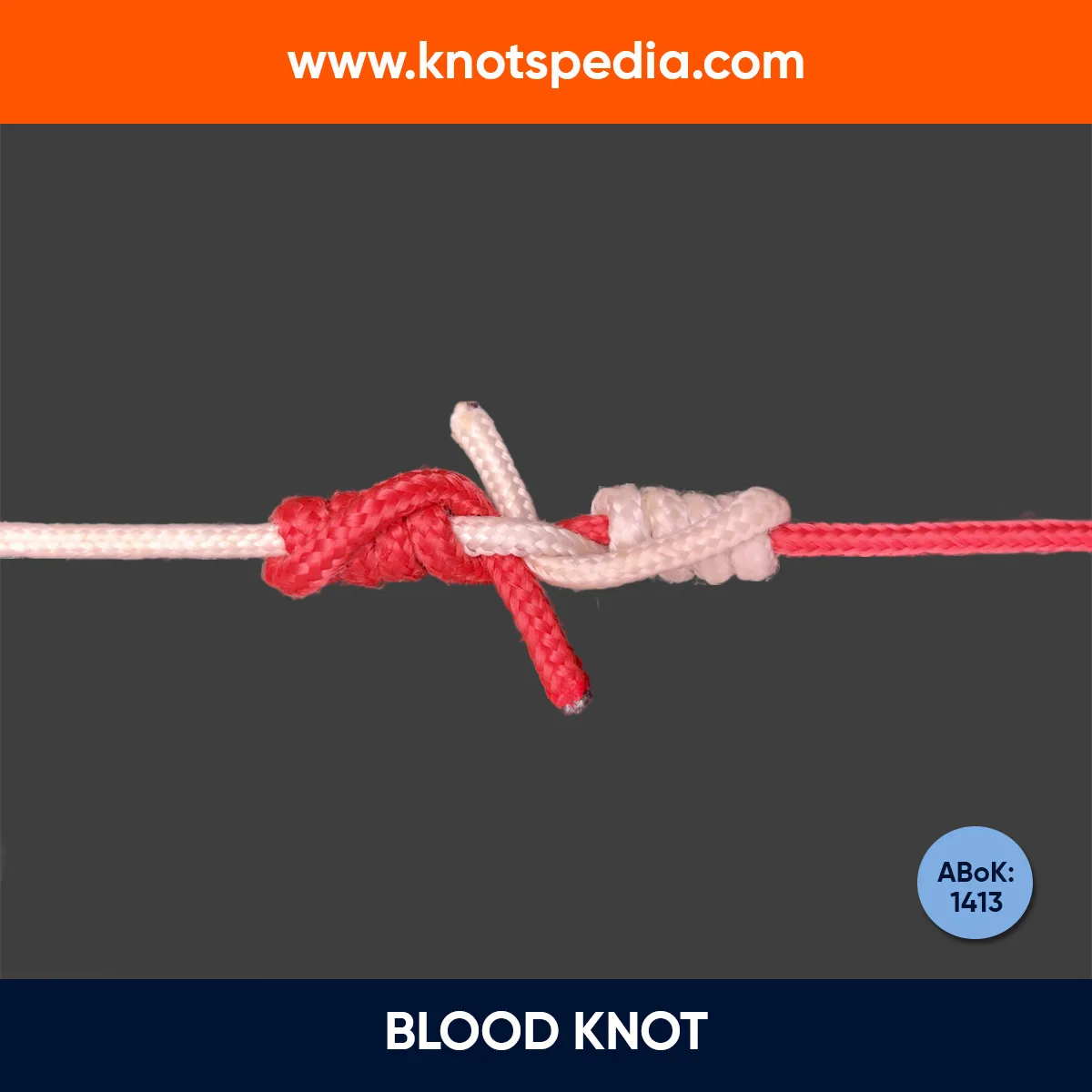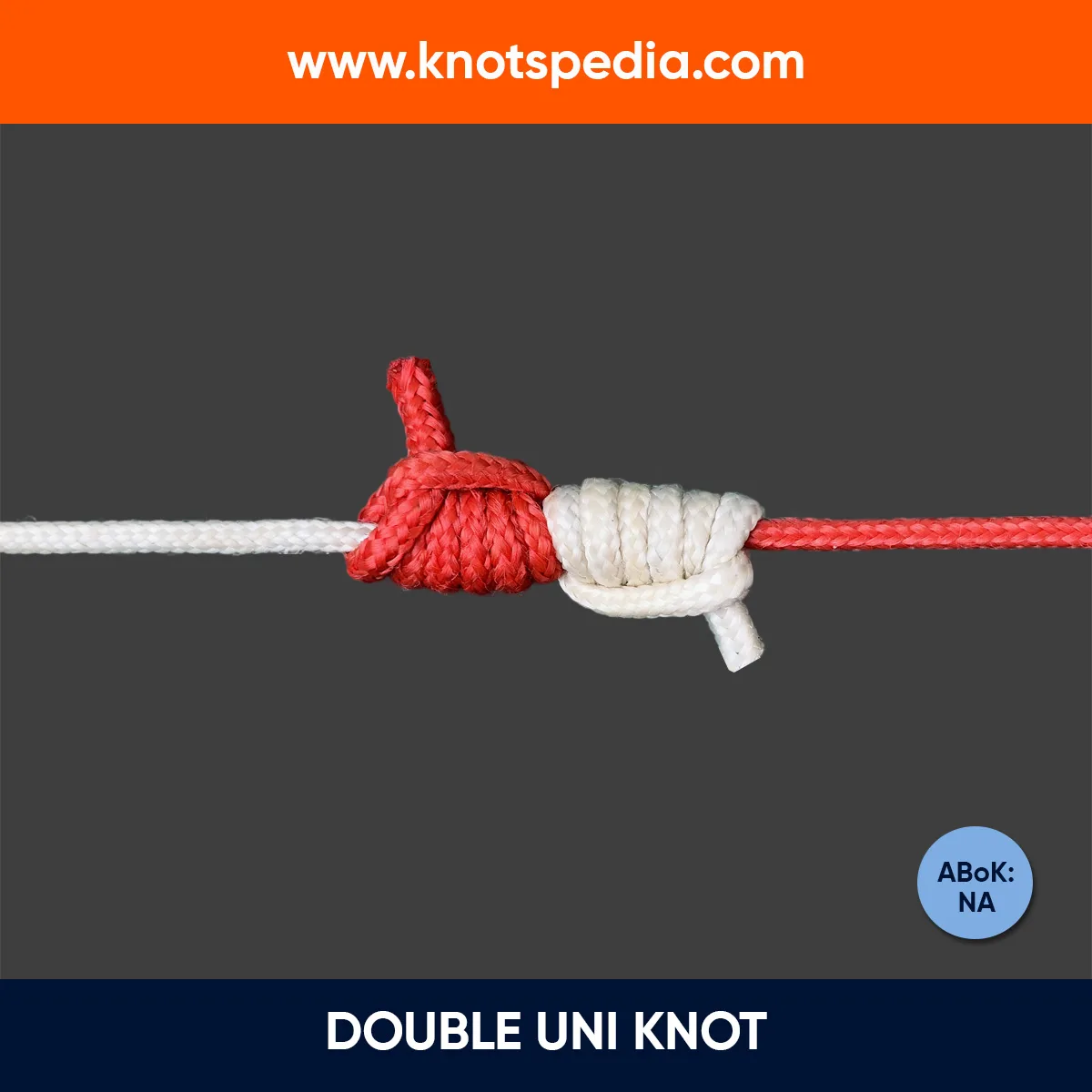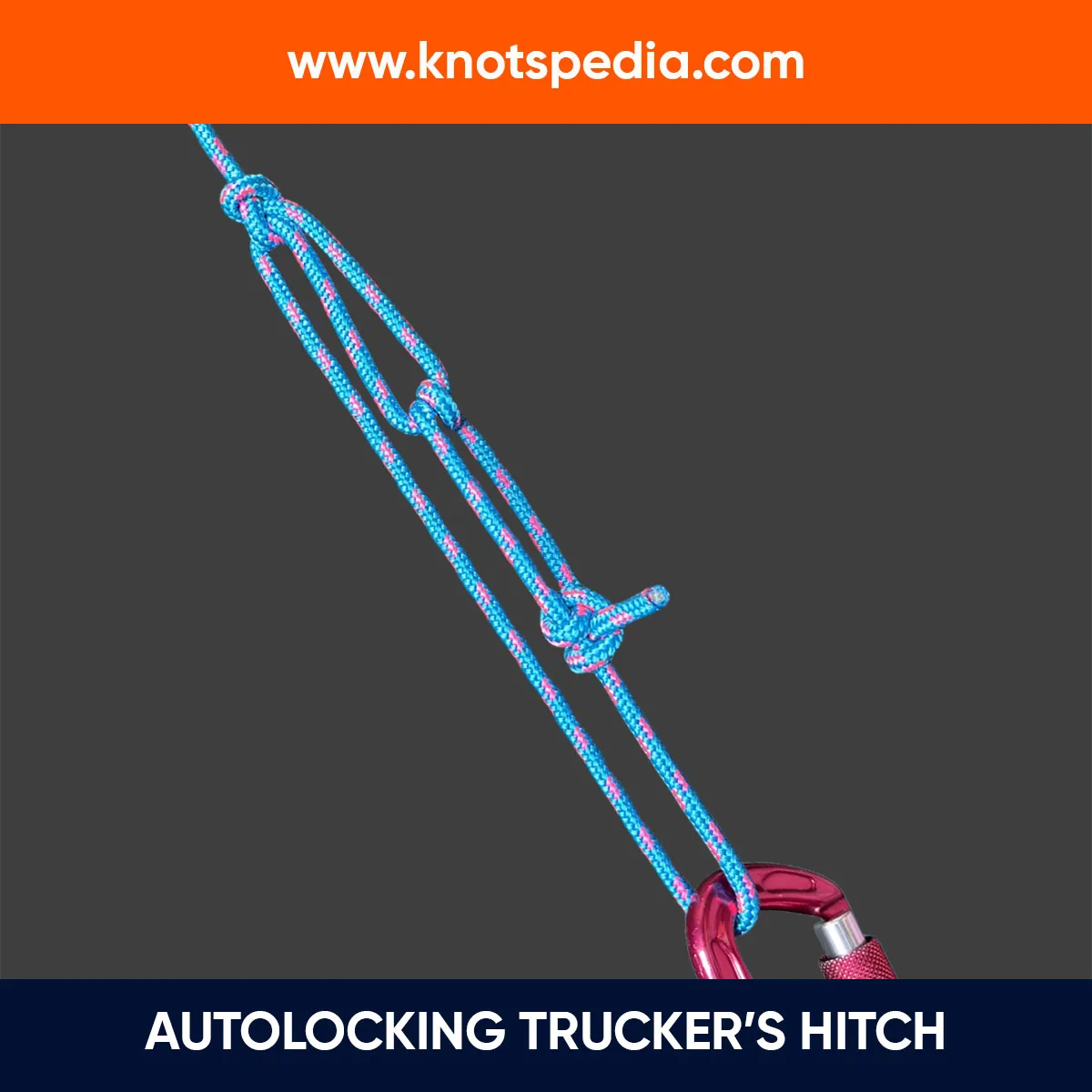The Overhand Knot is one of the first knots that people learn to tie.
It’s simple and easy to tie knot.
As a stopper, it is tied at the end of the rope to protect it from unreeving or unraveling.
Let’s check out this knot in detail.
Overhand Knot Details
Type: Stopper
Other Names: Simple Knot, Single Knot, Common Knot, Thumb Knot, Ordinary Knot
ABoK Reference: #46, #514, #515, #519
How to Tie an Overhand Knot
- Make a loop in the rope with the working end over the standing line.
- Pass the working end through the loop.
- Pull both ends to tighten the knot.
To untie: just push the ends towards each other. Apply some effort if the knot is too tight.
When the knot loosens, pull the end of the rope through the loop in the original direction of how it was created.
Overhand Knot Step by Step
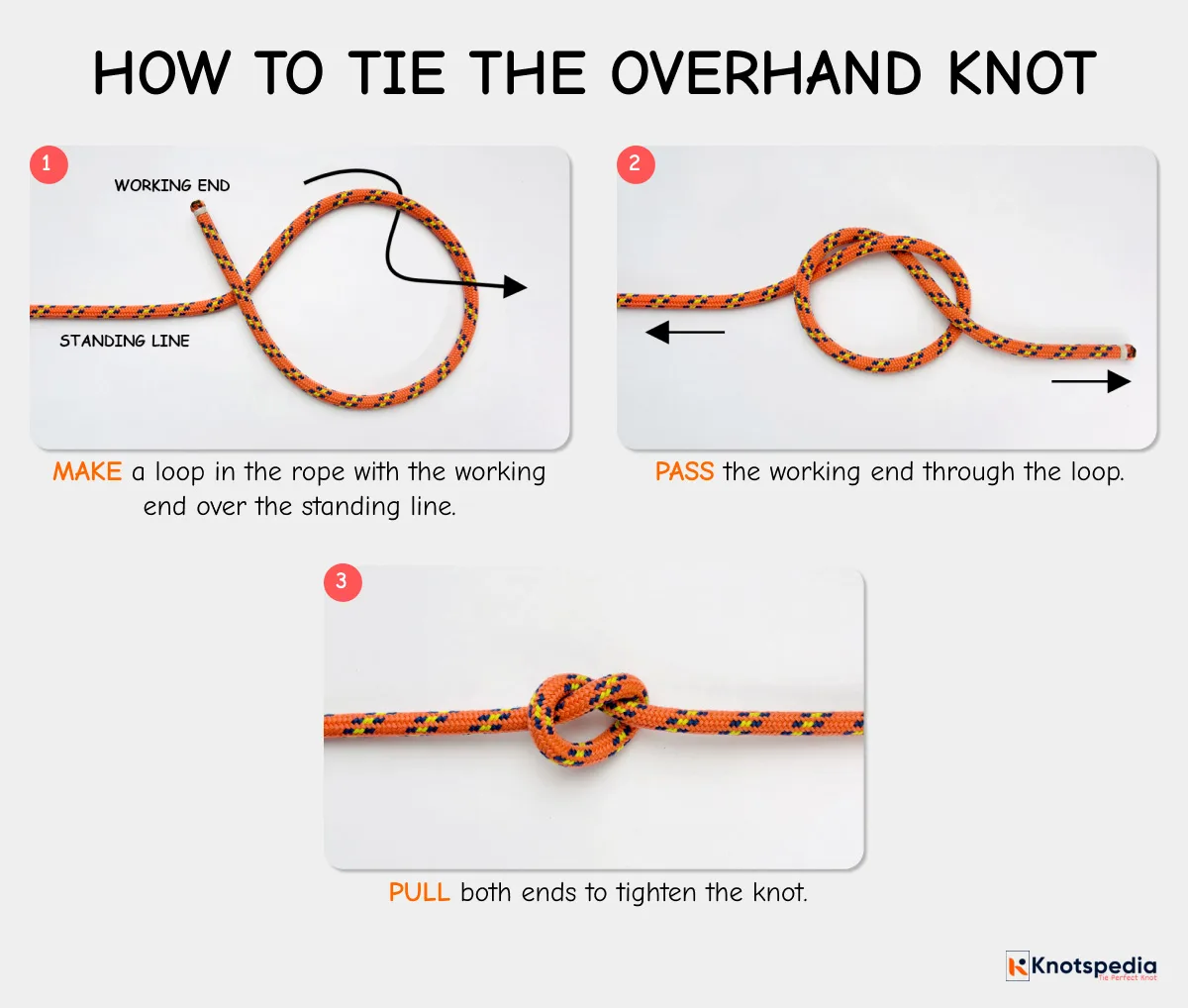
Thumb Method
This method is used in sewing work, especially when you need a stopper at the end of a thread.
I doubt if this is helpful for large-diameter ropes.
- Hold both ends of the thread between your index finger and thumb.
- Make a loop around the index finger.
- Roll the rope through the back of the loop using your thumb.
- Pull both ends to tighten it.
Common Mistakes
It’s a simple knot, per se, but over the years, I have seen people make some common errors.
- Not tightening the knot. If you don’t tighten it enough, it comes undone easily.
- The knot might come loose easily if you use a thick and slippery rope.
- Mistaking it for the Half Hitch and the Half Knot (more on this later).
Fun Fact: If you join the free ends of the Overhand knot, you’ll get a Trefoil Knot. It’s one of the simplest examples of a true knot in the knot theory.
Pros & Cons
- Compact and secure
- Requires less rope
- Only 50% knot strength
- Can jam under load
- Difficult to untie when wet
Applications and Uses
- Acts as a basis for other knots like Water Knot, Fisherman’s Knot, etc
- While camping, it can be used as a stopper to prevent the rope from slipping through the grommet
- Used in tying parcels and bundling goods together
- Popular in sewing threads, twines, and macrame.
Overhand Knot Variations
Overhand Slip Knot
One of the few things people dislike about this knot is how badly it jams, especially in low-diameter ropes.
If you want shortcuts so that the untying process becomes easy, try a Slip Knot. It’s an Overhand Knot with a draw loop.
But don’t use the slipped version for any critical loads. Use it as a temporary stopper knot for general-purpose tasks only.
Double Overhand Knot
Want a more secure and bulky knot? Just add an extra turn to the Overhand Knot and you’ll get a Double Overhand Knot.
If you want a bigger stopper knot, just pass the rope through the loop three times to get the Triple Overhand Knot
But it’ll be difficult to bring it back into shape.
Overhand Loop Knot
Want to tie an Overhand Knot in the center of a rope? Try the Overhand Loop Knot.
In climbing, it’s used as a loop knot for building anchors and making loops to tie off light loads.
In fishing work, it’s used to attach weights or swivels to your main line.
Other Knots Based on the Overhand Knot
Half Knot
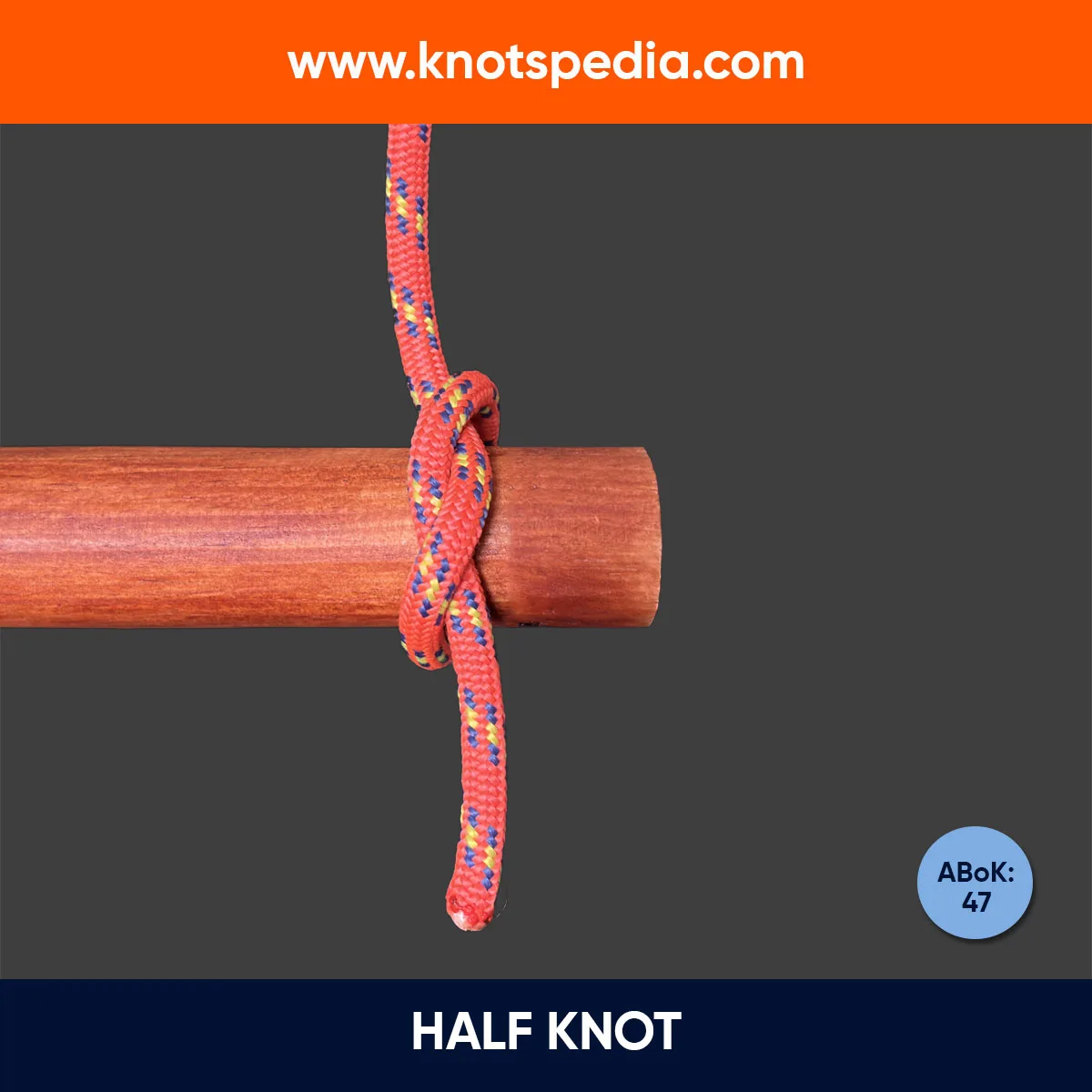
You may be tying a Half Knot without even knowing it.
When you tie up parcels or shoestrings together with two ends of a rope, you’re tying a Half Knot.
It’s different from an Overhand Knot, which can be tied with one end.
Half Hitch
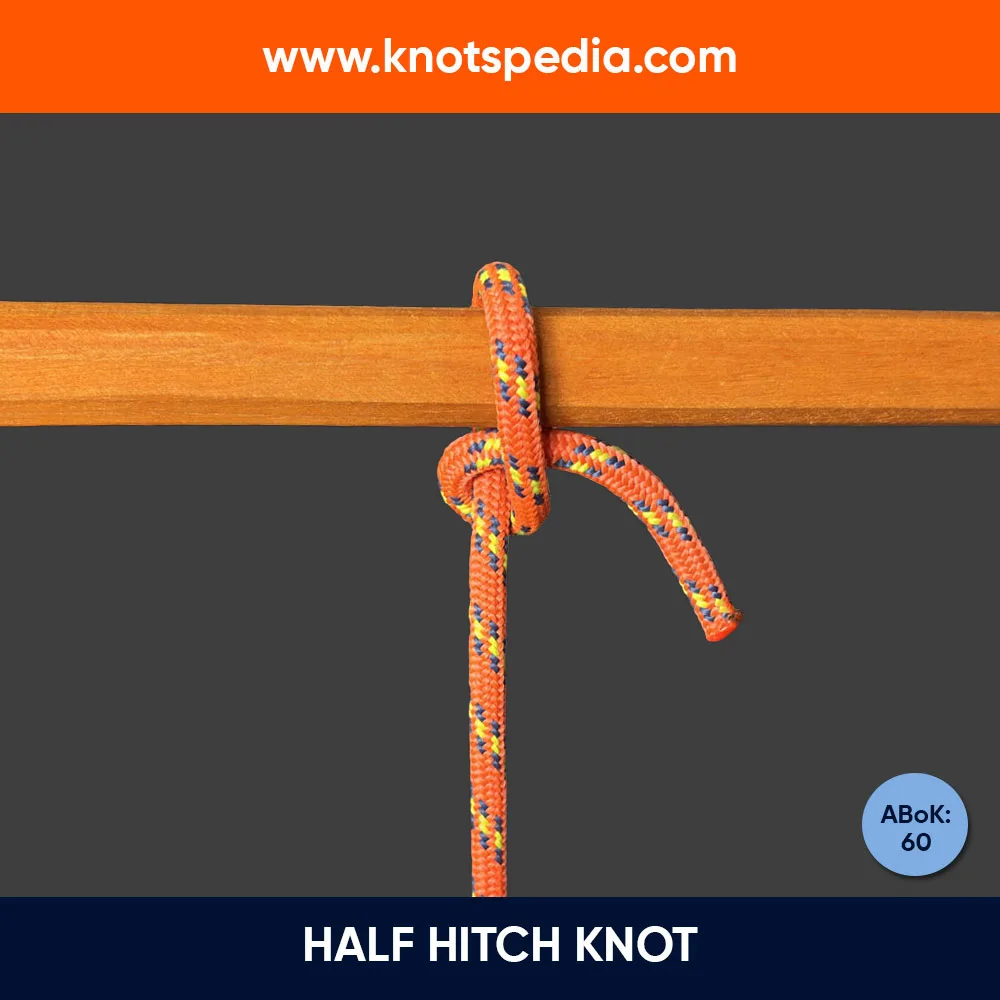
If you pass one end of the rope around an object and tie an Overhand Knot on the standing part, you’ll get a Half Hitch Knot.
Fisherman’s Knot
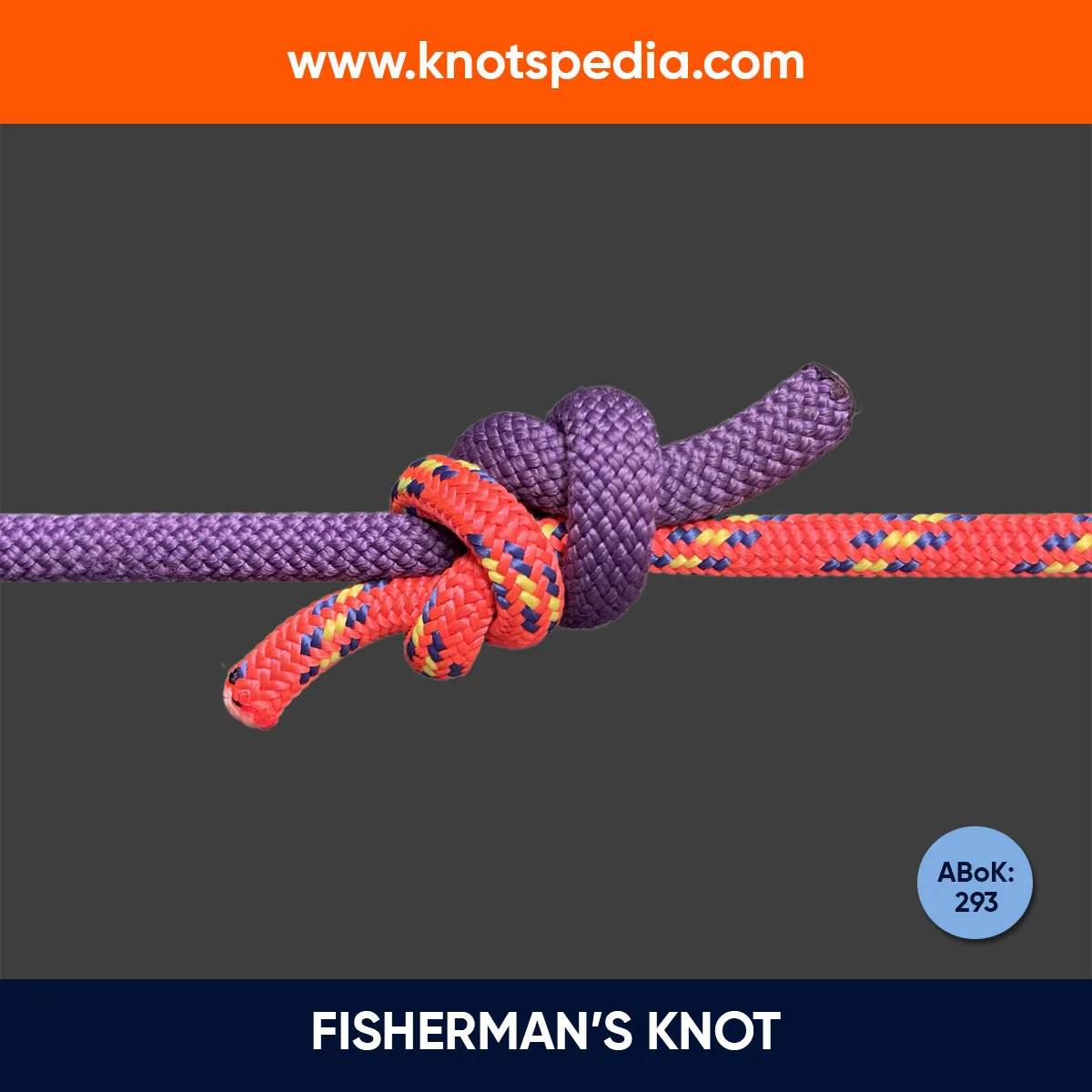
When joining ropes together, tie two Overhand Knots around the standing end of each rope and tighten the knots.
It will result in a Fisherman’s Knot.
Water Knot
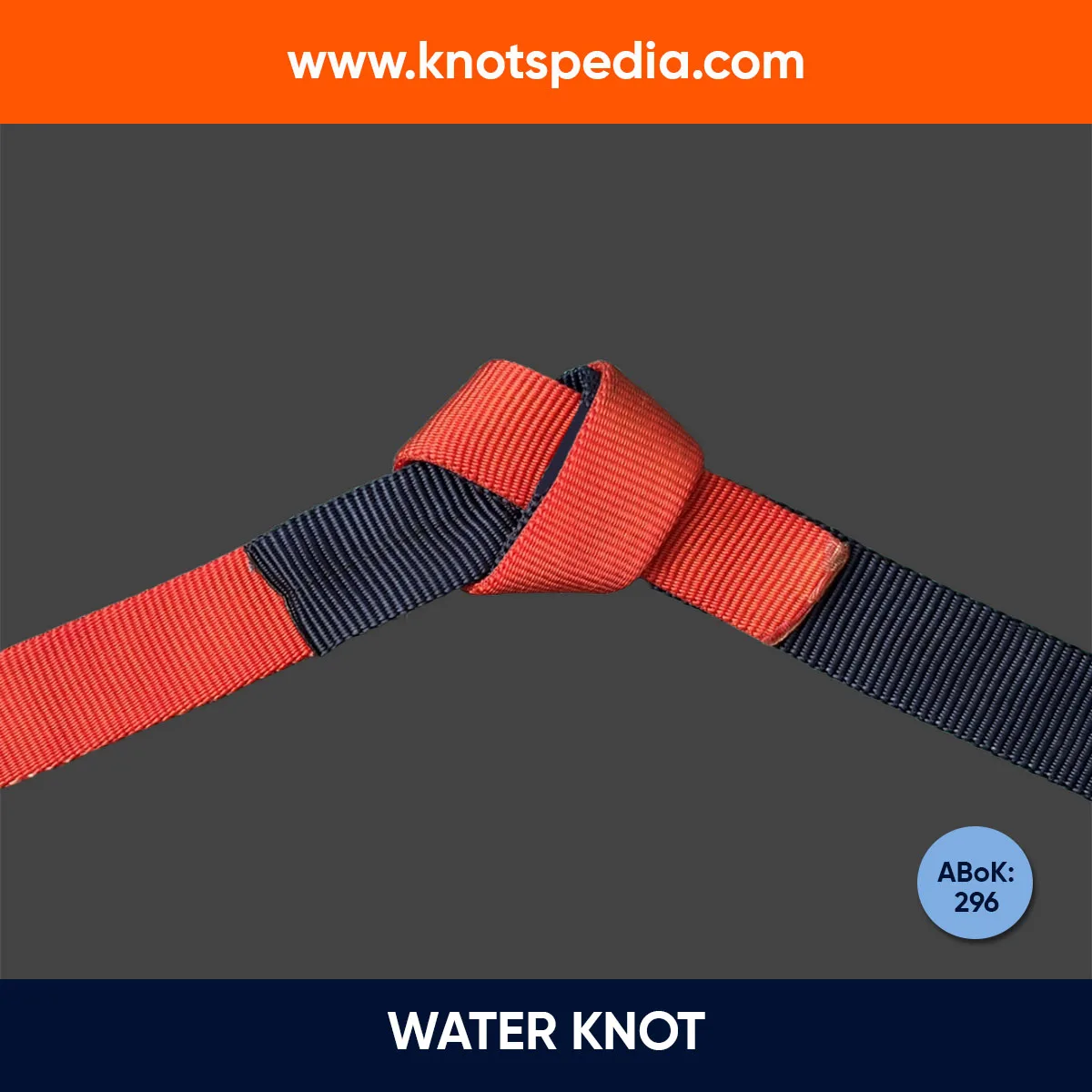
The Water Knot is a “rethreaded” Overhand Knot; one rope follows the turns of the other rope, but in the opposite direction.
Climbers use this knot for joining webbing.
Is the Overhand Knot Safe?
The Overhand Knot is simple, but not the best choice for critical tasks like climbing and sailing.
Just don’t take my word for it, check what Ashley has to say in his book:
“It is quite secure but weak, reducing the strength of the rope in which it is tied to by perhaps as much as 50%.”
Secure but weak? That’s the answer!
And, if the knot jams—good luck untying it!
Use it only when it’s intended to be permanent (if it jams, just leave it ).
Need a more secure stopper knot? Try the Ashley’s Stopper Knot.
Share This Article!

